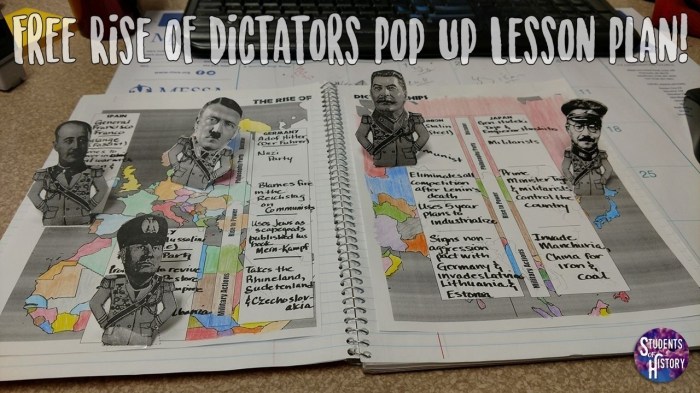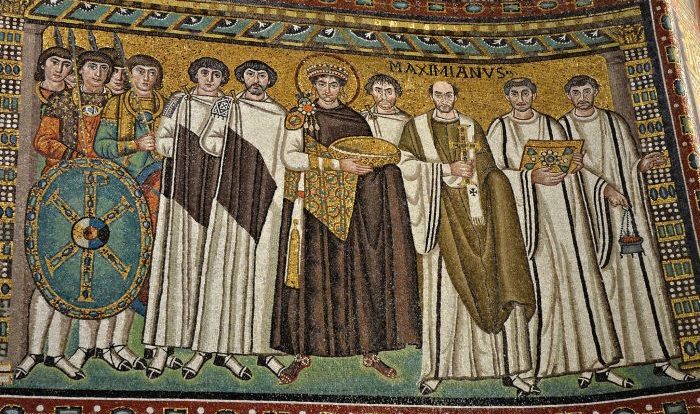Embark on a historical adventure with our AP World History Cheat Sheet, an indispensable guide designed to empower you with the knowledge and strategies to conquer the exam. This cheat sheet will provide you with a comprehensive overview of the key concepts, themes, and events that have shaped world history.
Prepare to navigate through historical periods, explore diverse geographical regions, and encounter influential individuals who have left an indelible mark on our world. With this cheat sheet in hand, you’ll gain a deep understanding of the forces that have driven human civilization and emerge as a master of AP World History.
Historical Periods
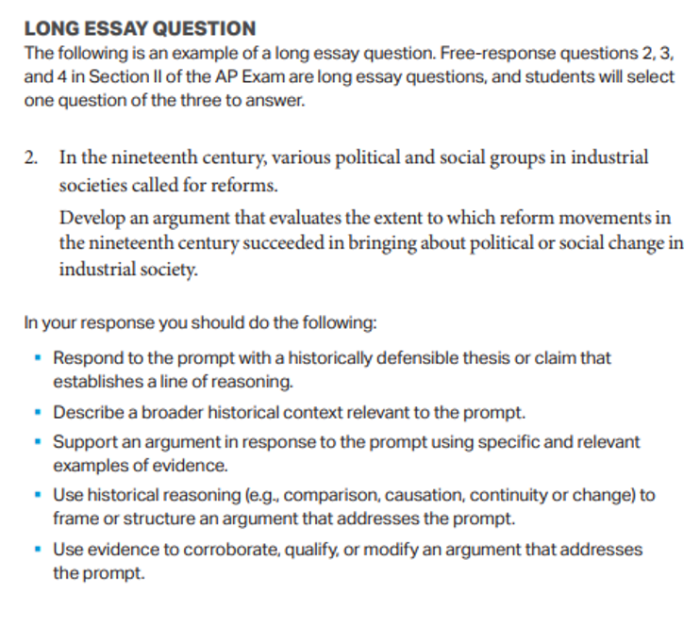
The AP World History curriculum encompasses several major historical periods, each characterized by distinct features and pivotal events that shaped the course of human civilization.
These periods include:
Paleolithic Period
- Earliest period of human history, spanning from the emergence of hominids to the development of agriculture.
- Characterized by nomadic hunting and gathering, stone tool use, and the emergence of cave art.
Neolithic Period
- Transitional period marked by the development of agriculture and settled communities.
- Emergence of pottery, weaving, and domesticated animals.
Early Civilizations
- Period of urbanization, the rise of complex societies, and the development of writing.
- Examples include Mesopotamia, Egypt, the Indus Valley, and China.
Classical Period
- Period of cultural and intellectual flourishing, including the development of major religions, philosophies, and empires.
- Examples include Greece, Rome, China’s Han Dynasty, and the Gupta Empire.
Post-Classical Period
- Period of major cultural and political transformations, including the rise of Islam, the spread of Christianity, and the emergence of new empires.
- Examples include the Abbasid Caliphate, the Mongol Empire, and the Ming Dynasty.
Early Modern Period
- Period of exploration, scientific revolution, and the rise of nation-states.
- Examples include the Age of Exploration, the Enlightenment, and the American Revolution.
Modern Period
- Period of rapid technological and social change, including the Industrial Revolution, the rise of democracy, and globalization.
- Examples include the 19th-century European empires, the World Wars, and the Cold War.
Contemporary Period
- Ongoing period characterized by technological advancements, globalization, and the rise of interconnectedness.
- Examples include the digital age, the internet, and the global economy.
Key Concepts and Themes
AP World History is grounded in several key concepts and themes that shape our understanding of the human experience across time and cultures. These concepts provide a framework for analyzing historical events and processes, helping us identify patterns and draw connections between different societies and eras.
One of the central themes in AP World History is the interconnectedness of human history. Throughout history, societies have interacted and influenced each other in various ways, through trade, warfare, cultural exchange, and technological innovation. By examining these interactions, we can better understand how different cultures have evolved and how global events have shaped our world.
Periodization
The study of world history is often divided into distinct periods, each with its own unique characteristics and developments. These periods provide a framework for organizing and understanding the vast span of human history. Some of the major periods covered in AP World History include:
- Prehistory (c. 3.5 million years ago – c. 3000 BCE): The earliest period of human history, characterized by the development of tools, language, and social structures.
- Ancient Civilizations (c. 3000 BCE – c. 500 CE): The emergence of complex societies, including Mesopotamia, Egypt, India, and China, marked by the development of writing, cities, and empires.
- Classical Civilizations (c. 500 BCE – c. 500 CE): The rise of Greece and Rome, characterized by advancements in philosophy, art, literature, and political systems.
- Post-Classical Civilizations (c. 500 – c. 1500): The development of new civilizations in Europe, Asia, and Africa, marked by the rise of Islam, the Mongol conquests, and the Renaissance.
- Early Modern Period (c. 1500 – c. 1800): The age of exploration, scientific revolution, and the rise of global trade, leading to increased interconnectedness and the emergence of new empires.
- Modern Period (c. 1800 – present): The period of industrialization, imperialism, and globalization, characterized by rapid technological advancements and the rise of nation-states.
Global Interactions
Throughout history, societies have interacted and influenced each other in various ways. These interactions have shaped the development of cultures, technologies, and political systems around the world. Some key examples of global interactions include:
- The Silk Road: A network of trade routes that connected East Asia with Europe and the Middle East, facilitating the exchange of goods, ideas, and technologies.
- The Columbian Exchange: The transfer of plants, animals, and diseases between the Americas and Europe after the arrival of Christopher Columbus, leading to significant changes in both hemispheres.
- The Atlantic Slave Trade: The forced migration of millions of Africans to the Americas, resulting in the development of new societies and the spread of African culture and traditions.
- The Industrial Revolution: A period of rapid technological advancements that began in Europe and spread to other parts of the world, leading to the development of new industries and economic systems.
Environmental Change
The environment has played a significant role in shaping human history. Changes in climate, sea levels, and other environmental factors have influenced the development of societies, the rise and fall of empires, and the migration of populations. Some key examples of environmental change include:
- The Ice Ages: Periods of extreme cold and glaciation that occurred throughout Earth’s history, affecting human settlement patterns and the development of agriculture.
- The Medieval Warm Period: A period of relatively warm temperatures in Europe and other parts of the world that occurred from the 9th to the 13th centuries, leading to increased agricultural productivity and population growth.
- The Little Ice Age: A period of cooling that occurred in Europe and other parts of the world from the 14th to the 19th centuries, resulting in crop failures, famines, and social unrest.
- Climate Change: The current period of global warming and climate change, caused by human activities, is having a significant impact on the environment and human societies, leading to rising sea levels, extreme weather events, and changes in ecosystems.
Technological Innovation
Technological innovation has been a major driving force behind human progress throughout history. The development of new tools, weapons, and technologies has led to increased productivity, improved living standards, and the expansion of human capabilities. Some key examples of technological innovation include:
- The wheel: A simple but revolutionary invention that enabled the development of transportation and warfare.
- The printing press: A device that allowed for the mass production of books and other printed materials, leading to the spread of knowledge and ideas.
- The steam engine: A device that harnessed the power of steam to drive machinery, leading to the development of factories and the Industrial Revolution.
- The computer: A programmable machine that has revolutionized communication, information processing, and many other aspects of modern life.
Cultural Diffusion
Cultural diffusion is the spread of cultural traits from one society to another. This can occur through trade, migration, warfare, or other forms of contact. Cultural diffusion has played a significant role in shaping the development of cultures around the world.
Some key examples of cultural diffusion include:
- The spread of Buddhism from India to China and Japan.
- The adoption of Western culture by Japan during the Meiji period.
- The influence of American culture on other countries through popular music, film, and television.
- The spread of fast food restaurants and other elements of Western culture to developing countries.
Geographical Regions
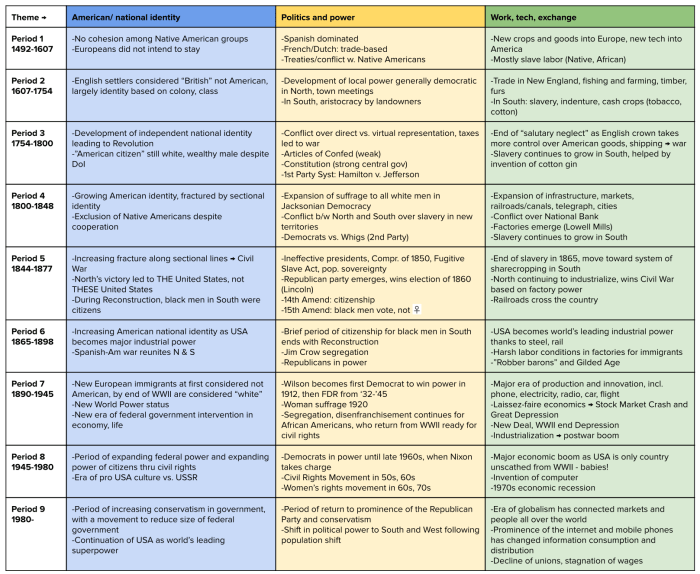
AP World History curriculum can be organized into distinct geographical regions to analyze the unique historical developments and interactions within each region. Each region has its own unique set of challenges and opportunities, and understanding these differences can help us better understand the world today.
The following are the major geographical regions covered in AP World History:
Europe
- Has been a center of innovation and cultural exchange for centuries.
- Home to some of the world’s oldest and most influential civilizations.
- Has played a major role in shaping the world’s political and economic landscape.
Asia
- Is the world’s largest continent and is home to a wide variety of cultures and civilizations.
- Has been a center of trade and commerce for centuries.
- Is home to some of the world’s most populous countries.
Africa
- Is the second largest continent and is home to a wide variety of cultures and civilizations.
- Has been a center of trade and commerce for centuries.
- Is home to some of the world’s most populous countries.
The Americas
- Is the third largest continent and is home to a wide variety of cultures and civilizations.
- Has been a center of trade and commerce for centuries.
- Is home to some of the world’s most populous countries.
Oceania
- Is the smallest continent and is home to a wide variety of cultures and civilizations.
- Has been a center of trade and commerce for centuries.
- Is home to some of the world’s most populous countries.
Key Individuals and Groups
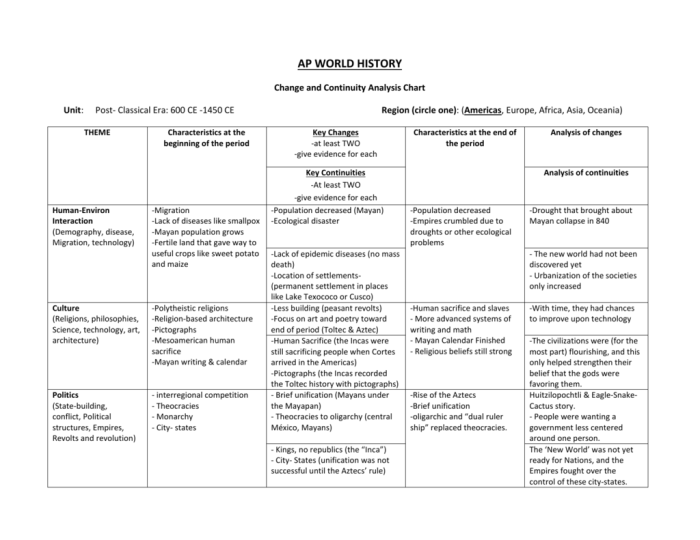
Throughout history, influential individuals and groups have played pivotal roles in shaping the course of events. Their motivations, actions, and legacies have left lasting impacts on societies and civilizations.
Understanding the contributions of these key figures is crucial for comprehending the complexities of world history. From religious leaders to political revolutionaries, military commanders to scientific pioneers, their actions have shaped the world we live in today.
Religious Leaders
Religious leaders have profoundly influenced the beliefs, values, and practices of countless individuals throughout history. Their teachings have inspired social movements, shaped political landscapes, and fostered cultural exchange.
- Buddha (c. 563-483 BCE):Founder of Buddhism, a religion that emphasizes compassion, non-violence, and the pursuit of enlightenment.
- Jesus Christ (c. 4 BCE-30 CE):Central figure in Christianity, a religion that has spread across the globe and influenced Western civilization.
- Muhammad (c. 570-632 CE):Founder of Islam, a religion that has had a significant impact on the Middle East, North Africa, and Southeast Asia.
Political Revolutionaries
Political revolutionaries have challenged established power structures and fought for social change. Their ideas and actions have ignited revolutions and transformed political systems.
- Karl Marx (1818-1883):German philosopher and economist who developed the theory of communism, which inspired socialist and communist movements worldwide.
- Vladimir Lenin (1870-1924):Russian revolutionary who led the Bolshevik Party and established the Soviet Union, the first communist state.
- Mahatma Gandhi (1869-1948):Indian independence leader who advocated for non-violent resistance against British rule, inspiring civil rights movements around the world.
Military Commanders
Military commanders have played a pivotal role in shaping the outcomes of wars and conflicts. Their strategies, tactics, and leadership have determined the rise and fall of empires and the course of history.
- Alexander the Great (356-323 BCE):Macedonian king who conquered a vast empire stretching from Greece to India.
- Julius Caesar (100-44 BCE):Roman general and statesman who played a key role in the downfall of the Roman Republic and the rise of the Roman Empire.
- Napoleon Bonaparte (1769-1821):French emperor who led a series of successful military campaigns and established the French Empire.
Scientific Pioneers
Scientific pioneers have made groundbreaking discoveries that have transformed our understanding of the world and paved the way for technological advancements.
- Nicolaus Copernicus (1473-1543):Polish astronomer who proposed the heliocentric model of the solar system, placing the sun, not the Earth, at its center.
- Isaac Newton (1643-1727):English physicist and mathematician who developed the laws of motion and universal gravitation, revolutionizing our understanding of physics.
- Albert Einstein (1879-1955):German-born physicist who developed the theory of relativity, which transformed our understanding of space, time, and gravity.
Comparative History
Comparative history involves comparing historical events or processes across multiple societies to identify similarities and differences in causes, outcomes, and significance. This approach allows historians to understand historical patterns and developments in a broader context and draw meaningful conclusions.
One way to conduct comparative history is to create a table that Artikels the key aspects of the events or processes being compared. The table should include columns for each society, as well as rows for the following categories:
- Causes:The factors that led to the event or process.
- Events:A summary of the key events that occurred.
- Outcomes:The short- and long-term consequences of the event or process.
- Significance:The historical importance of the event or process.
By comparing the information in each column, historians can identify patterns and trends that help them understand the similarities and differences between the events or processes being compared.
Document Analysis

Primary and secondary sources provide valuable insights into historical events and perspectives. Primary sources, such as letters, speeches, or artifacts, offer firsthand accounts from individuals involved in historical events. Secondary sources, like textbooks or scholarly articles, provide interpretations and analysis of historical events based on primary sources.Analyzing
When tackling an AP World History exam, it’s crucial to have a solid foundation. That’s where a cheat sheet comes in handy. However, if you’re struggling with a specific formula, you can refer to this helpful guide on entering a formula in cell G6 . With this cheat sheet and the formula guide, you’ll be well-equipped to conquer your AP World History exam.
documents involves carefully examining the source’s context, purpose, and biases to extract meaningful information. By considering the author’s perspective, intended audience, and historical context, students can develop a deeper understanding of the historical event or issue being studied.
Primary Sources, Ap world history cheat sheet
* Letters and personal accounts provide insights into individual experiences and perspectives.
- Speeches and public statements reveal the views and intentions of historical figures.
- Artifacts, such as tools, weapons, or artwork, offer physical evidence of past societies.
Secondary Sources
* Textbooks synthesize historical information from multiple sources, providing a comprehensive overview.
- Scholarly articles present specialized research and analysis, offering in-depth insights into specific historical topics.
- Documentaries and films use a combination of primary and secondary sources to present historical narratives.
By analyzing both primary and secondary sources, students can gain a more nuanced understanding of historical events, perspectives, and the complexities of the past.
Essay Writing: Ap World History Cheat Sheet
Writing effective historical essays is crucial for success in AP World History. This guide provides a comprehensive overview of the structure, content, and strategies for crafting compelling essays that meet the exam’s expectations.
Structure
AP World History essays typically follow a five-paragraph structure:
- Introduction:Provides a brief overview of the topic, establishes the historical context, and presents the thesis statement.
- Body Paragraph 1:Presents evidence and analysis to support one aspect of the thesis statement.
- Body Paragraph 2:Presents evidence and analysis to support a second aspect of the thesis statement.
- Body Paragraph 3:Presents evidence and analysis to support a third aspect of the thesis statement.
- Conclusion:Summarizes the main arguments, restates the thesis statement, and offers a concluding thought or reflection.
Exam Preparation
The AP World History exam assesses your knowledge and understanding of global history from 1200 CE to the present. The exam consists of two sections: a multiple-choice section and a free-response section.The multiple-choice section has 55 questions and is worth 50% of your total score.
The questions cover a wide range of topics, including political, economic, social, and cultural history.The free-response section has three essay questions and is worth 50% of your total score. The essay questions require you to demonstrate your ability to analyze historical evidence, construct arguments, and write clear and concise prose.To
prepare for the AP World History exam, you should:
- Review your notes and textbooks regularly.
- Take practice exams and essays.
- Join a study group or work with a tutor.
- Get a good night’s sleep before the exam.
- Eat a healthy breakfast on the day of the exam.
Multiple-Choice Section
The multiple-choice section is designed to test your knowledge of the content of the course. The questions are all multiple-choice, and each question has four answer choices. To answer a multiple-choice question, you should first read the question carefully and identify the key concepts.
Then, you should read each answer choice carefully and eliminate the choices that are clearly incorrect. Finally, you should choose the answer choice that is most correct.
Free-Response Section
The free-response section is designed to test your ability to analyze historical evidence, construct arguments, and write clear and concise prose. The essay questions are all open-ended, and you will have to write a short essay in response to each question.
To write a successful essay, you should first read the question carefully and identify the key concepts. Then, you should develop a thesis statement that answers the question. Finally, you should write an essay that supports your thesis statement with evidence from the historical record.
FAQ Corner
What topics are covered in the AP World History exam?
The exam covers eight major historical periods, from the Neolithic Revolution to the present day, as well as key concepts and themes that have shaped world history.
How can I prepare for the AP World History exam?
Use this cheat sheet to review the key concepts and events, practice analyzing primary and secondary sources, and develop effective essay-writing skills.
What are some tips for writing a successful AP World History essay?
Focus on developing a clear thesis statement, supporting your arguments with evidence from the sources, and writing in a clear and concise style.
